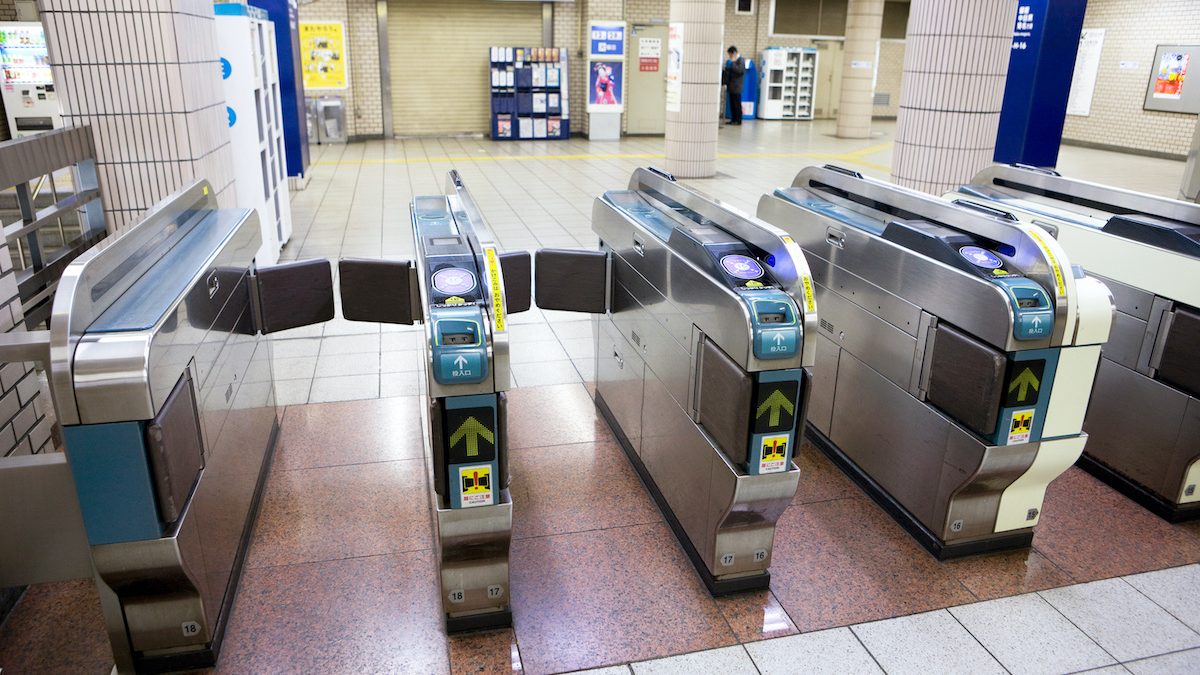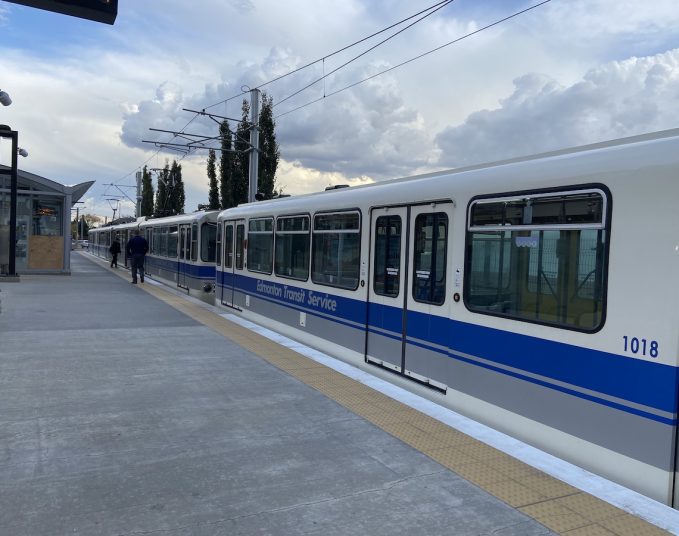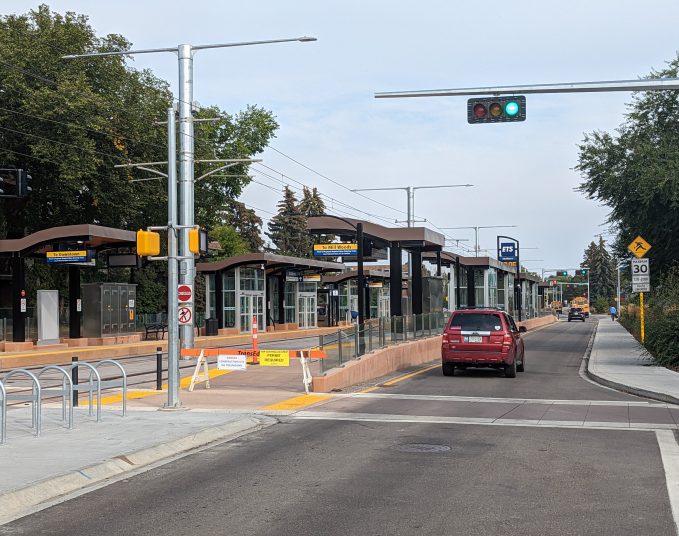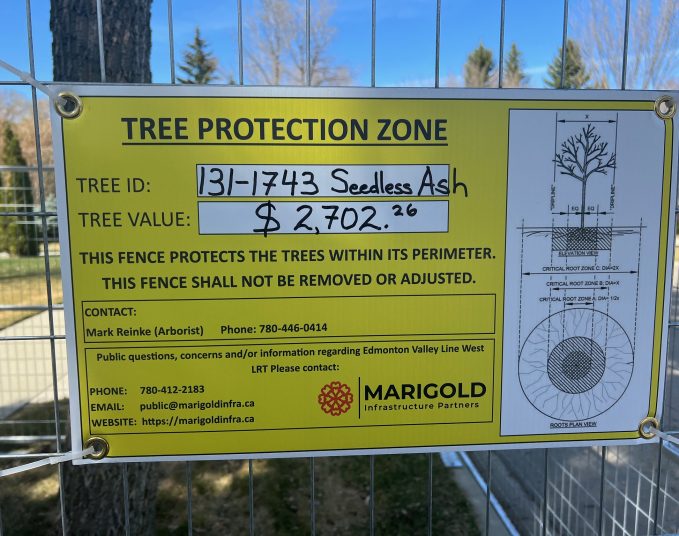When you walk into an Edmonton LRT station, there aren’t any physical barriers preventing you from walking or taking an elevator to the platform. There are no turnstiles to navigate, no gates that only open if you swipe a valid transit pass.
But Coun. Tim Cartmell wants Edmonton Transit to at least explore the idea of changing that. He will be introducing a motion at the Dec. 12 council meeting that the City explore placing fare gates in two LRT stations.
“It’s basically a pilot project,” he said. “Let’s see what happens when the fare gates go up. Let’s see what benefits there are.”
He would like to see at least one set of gates placed at an underground station.
But he doesn’t think he’s going to win the support of fellow councillors. He believes his council mates will not be keen on limiting access to transit platforms to those who have paid to be there.
“I’m not confident at all that this will pass,” he said.
Cartmell has been vocal that council has been “tone deaf” when it comes to how Edmonton Transit is used and perceived. Cartmell’s case is that while much of council, including Mayor Amarjeet Sohi, praise transit for being an equitable form of transportation, that it’s a positive climate action, that it’s a a linchpin of economic growth, it’s not the message that connects with Edmontonians. Yes, all those things are true — and noble — but they’re not the things that are going to compel someone to turn in the car keys. In Cartmell’s eyes, transit has to speak to people’s pragmatism — that it works well, can get you from point A to point B quickly and that it’s safe.
While ridership on buses has recovered, transit fare revenue is expected to be almost $12 million lower than expected in 2023 because of lower than expected LRT ridership. We will see how the opening of the Valley Line South will affect those numbers in 2024.
“We’re having a conversation today about how cool transit is and how cool it’s going to be,” Cartmell said during an Urban Planning Committee meeting this week. “But the conversation outside of this room is ‘it ain’t cool at all.’ When we don’t acknowledge the conversation that’s going on outside of this room, we sound like we are tone deaf.”
He said the average Edmontonian sees transit as something a person uses until he, she or they can graduate to driving a vehicle, and don’t turn back. He said this perception has to change — and that he regularly hears from constituents who complain about funding increases for transit, “a service they never use.”
He believes that fare gates can improve the “perception of safety”, and also help limit fare jumping.
The Urban Planning committee met with members of the Edmonton Transit System Advisory Board this week, and were told that ETS is in a “crisis” situation. One of the ETSAB’s recommendations is “consistent physical presence in ETS
spaces.”
Coun. Erin Rutherford warned that the City is feeling the budget squeeze, and can’t answer many of the asks to bring transit to a better place.
“There are some real barriers to getting to that ideal state,” she said.
She said that ETS needs to focus on things that it can control when it comes to providing better rider experiences.
But Rutherford spoke in practical terms — she spoke of rider experience, as in what can the service provide to Edmontonians, rather than Edmontonians taking the bus or the LRT because of some deeper moral calling.
She said that, ideally, we could all go back in time and “build the system right in the first place.” But since no one has invented a time machine yet (pipe down, Nikola Tesla conspiracy theorists), she was blunt in her assessment.
“We have to deal with what we have before us today.”
Coun. Michael Janz took to social media this week, reminding the public that the City of Calgary had already studied the notion of putting gates on its currently gate-less C-Train. It found that there is “no correlation” when it comes to increased safety when systems that have fare gates and systems that don’t are compared. It recommended enhancing staffing at the transit stations, instead.
Savvy AF. Blunt AF. Edmonton AF.




